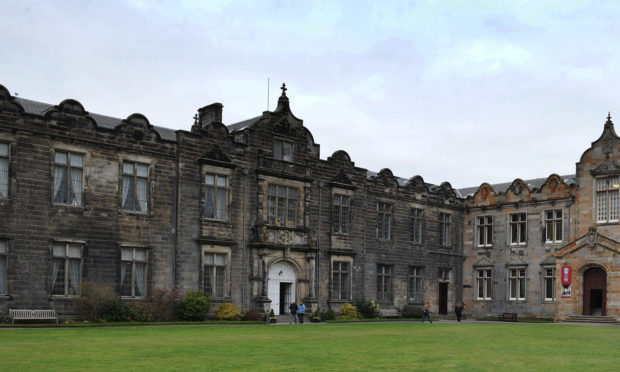More than one in 20 people in Britain have had coronavirus, according to St Andrews University scientists.
A study found between 5% and 6% had been infected with Covid-19, with higher infection rates in England than in Scotland and Wales.
In London more than 10% of the population is believed to have contracted the illness.
Because it was not widespread, the researchers said the results showed the virus could be suppressed and controlled before a cure and vaccine were available.
Professor Hill Kulu and Peter Dorey, of the School of geography and sustainable development, found infection rates were highest in urban areas and lowest in small towns and rural areas. They were also higher in densely populated and deprived areas.
Estimates of the cumulative infection rate were based on Covid-19 deaths reported by the Office of National Statistics and National Records of Scotland by the first third of May.
The results suggest people from lower socioeconomic groups in urban areas, including those with minority backgrounds, were most affected by the spread of coronavirus in March and April.
Professor Kulu, also a co-director of the ESRC Centre for Population Change, said: “Our analysis shows that the cumulative infection rate may have been slightly smaller or larger, but very unlikely less than 3% or more than 12% unless our current knowledge on death rates from Covid-19 are serious biased.
“Clearly, we are far from achieving the ‘herd immunity’ rapidly as some have hoped.
“The good news is that because the coronavirus is not widely spread, and the number of active cases has declined during the lockdown, its suppression and control is possible with various public health measures before the cure and vaccine become available.
“We know that the virus has hit hardest people from lower socioeconomic and ethnic minority backgrounds in the cities, potentially due to the nature of their employment; many of them are in occupations exposed to the virus, such as transport and sales workers.
“It is important to ensure that our key workers, whichever sector they work, are really properly protected.”
Mr Dorey said: “Our analysis showed that there are some areas in London where cumulative infection rate was between 15 and 20%. In contrast, some remote and rural locations have not yet seen any infections.”





